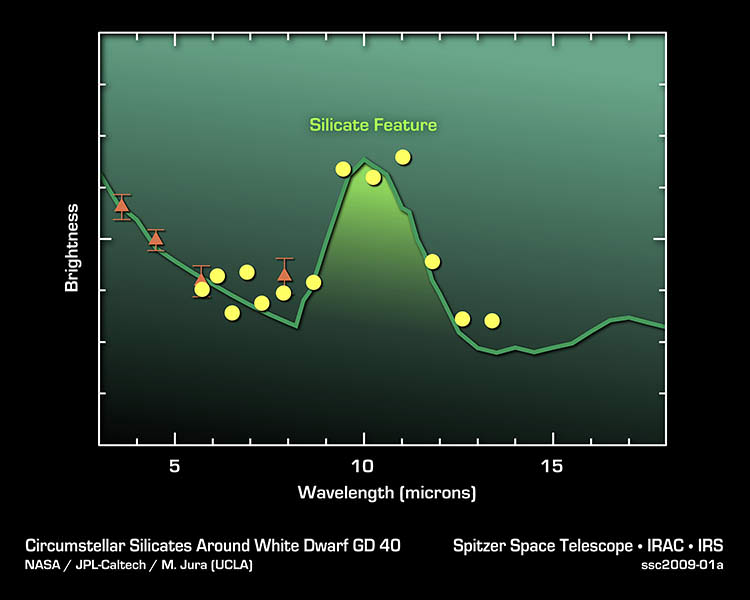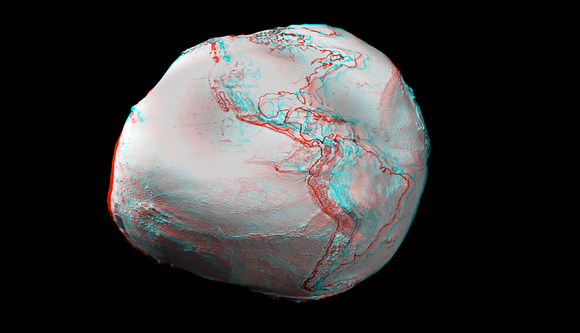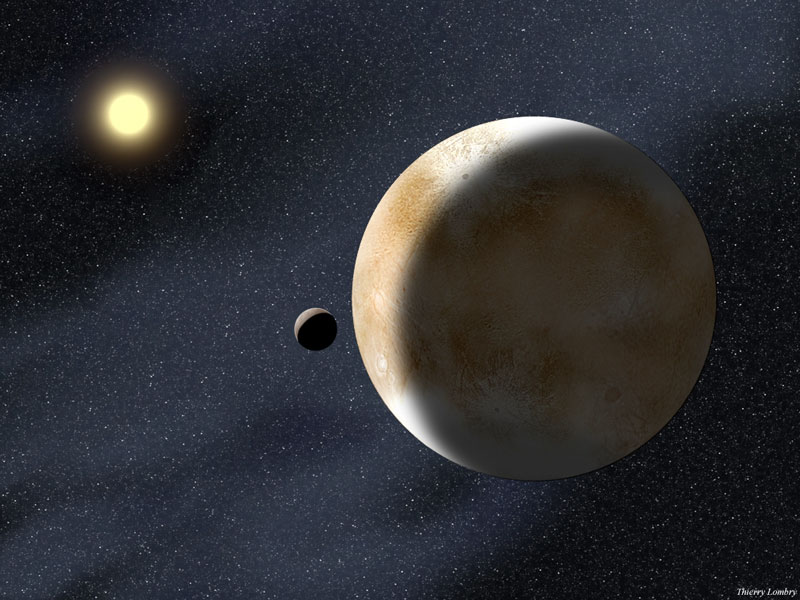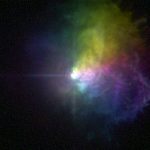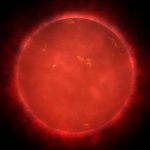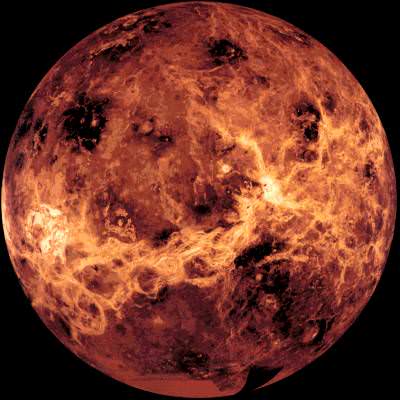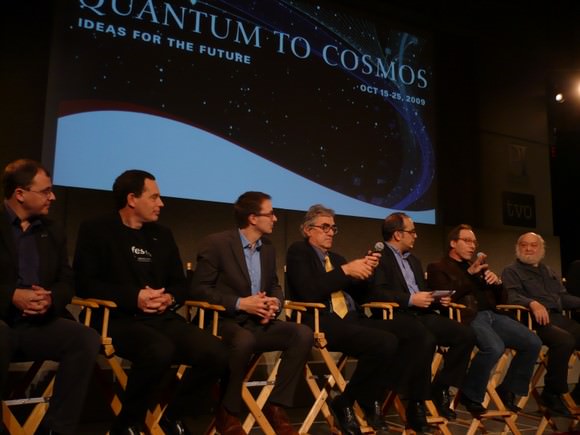[/caption]
Infrared spectroscopy is spectroscopy in the infrared (IR) region of the electromagnetic spectrum. It is a vital part of infrared astronomy, just as it is in visual, or optical, astronomy (and has been since lines were discovered in the spectrum of the Sun, in 1802, though it was a couple of decades before Fraunhofer began to study them systematically).
For the most part, the techniques used in IR spectroscopy, in astronomy, are the same or very similar to those used in the visual waveband; confusingly, then, IR spectroscopy is part of both infrared astronomy and optical astronomy! These techniques involve use of mirrors, lenses, dispersive media such as prisms or gratings, and ‘quantum’ detectors (silicon-based CCDs in the visual waveband, HgCdTe – or InSb or PbSe – arrays in IR); at the long-wavelength end – where the IR overlaps with the submillimeter or terahertz region – there are somewhat different techniques.
As infrared astronomy has a much longer ground-based history than a space-based one, the terms used relate to the windows in the Earth’s atmosphere where lower absorption spectroscopy makes astronomy feasible … so there is the near-IR (NIR), from the end of the visual (~0.7 µm) to ~3 µm, the mid (to ~30 µm), and the far-IR (FIR, to 0.2 mm).
As with spectroscopy in the visual and UV wavebands, IR spectroscopy in astronomy involves detection of both absorption (mostly) and emission (rather less common) lines due to atomic transitions (the hydrogen Paschen, Brackett, Pfund, and Humphreys series are all in the IR, mostly NIR). However, lines and bands due to molecules are found in the spectra of nearly all objects, across the entire IR … and the reason why space-based observatories are needed to study water and carbon dioxide (to take just two examples) in astronomical objects. One of the most important class of molecules (of interest to astronomers) is PAHs – polycyclic aromatic hydrocarbons – whose transitions are most prominent in the mid-IR (see the Spitzer webpage Understanding Polycyclic Aromatic Hydrocarbons for more details).
Looking for more info on how astronomers do IR spectroscopy? Caltech has a brief introduction to IR spectroscopy. The ESO’s Very Large Telescope (VLT) has several dedicated instruments, including VISIR (which is both an imager and spectrometer, working in the mid-IR); CIRPASS, a NIR integrated field unit spectrograph on Gemini; Spitzer’s IRS (a mid-IR spectrograph); and LWS on the ESA’s Infrared Space Observatory (a FIR spectrometer).
Universe Today stories related to IR spectroscopy include Infrared Sensor Could Be Useful on Earth Too, Search for Origins Programs Shortlisted, and Jovian Moon Was Probably Captured.
Infrared spectroscopy is covered in the Astronomy Cast episode Infrared Astronomy.
Sources:
http://en.wikipedia.org/wiki/Infrared_spectroscopy
http://www2.chemistry.msu.edu/faculty/reusch/VirtTxtJml/Spectrpy/InfraRed/infrared.htm
http://www.chem.ucla.edu/~webspectra/irintro.html

